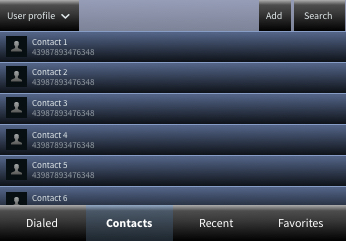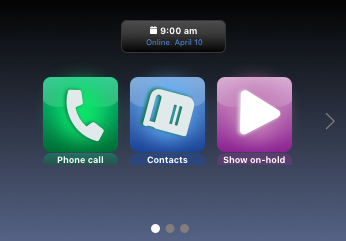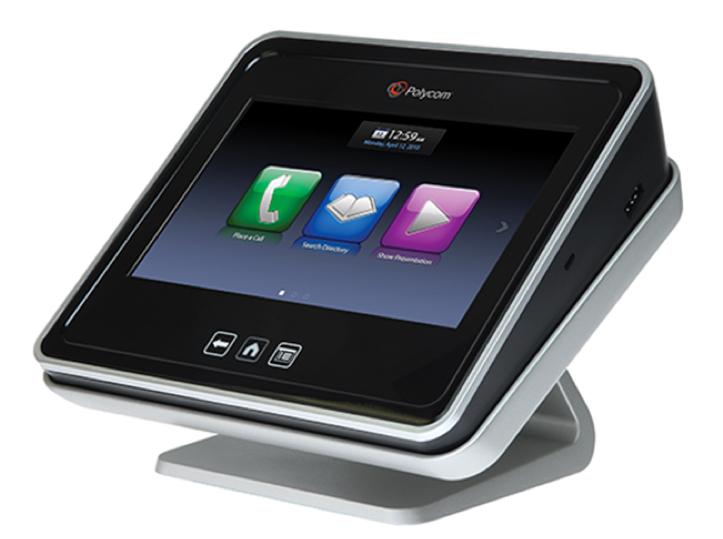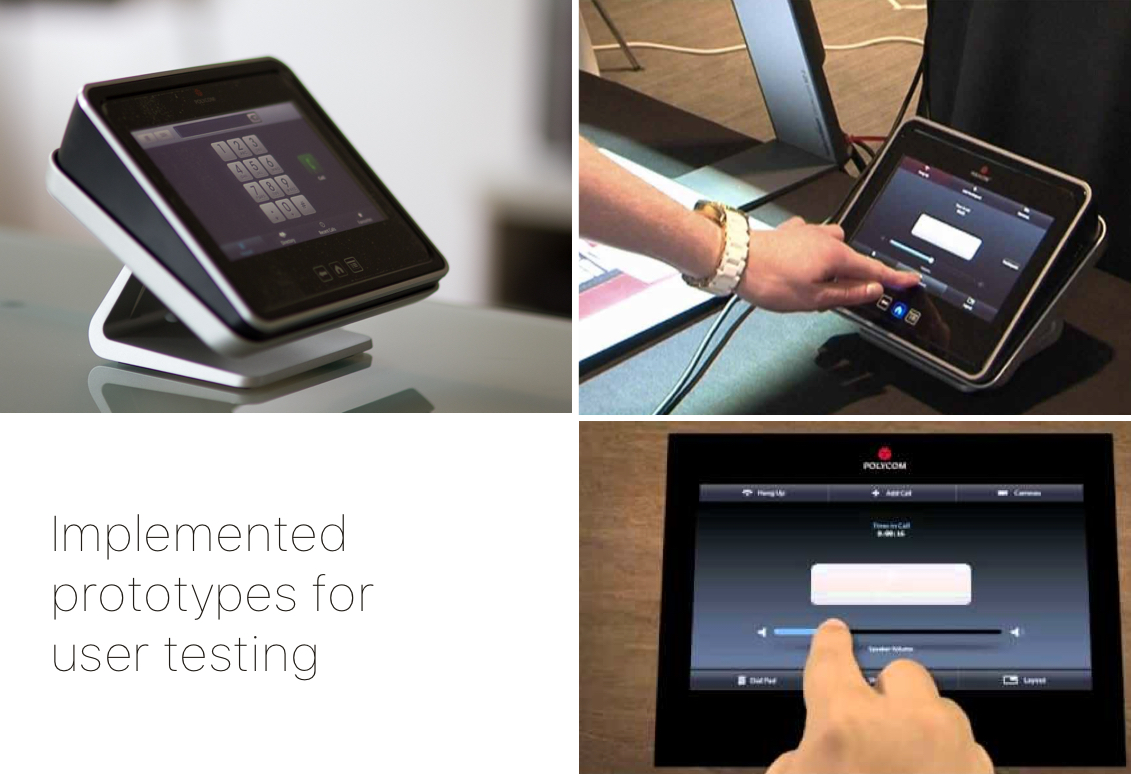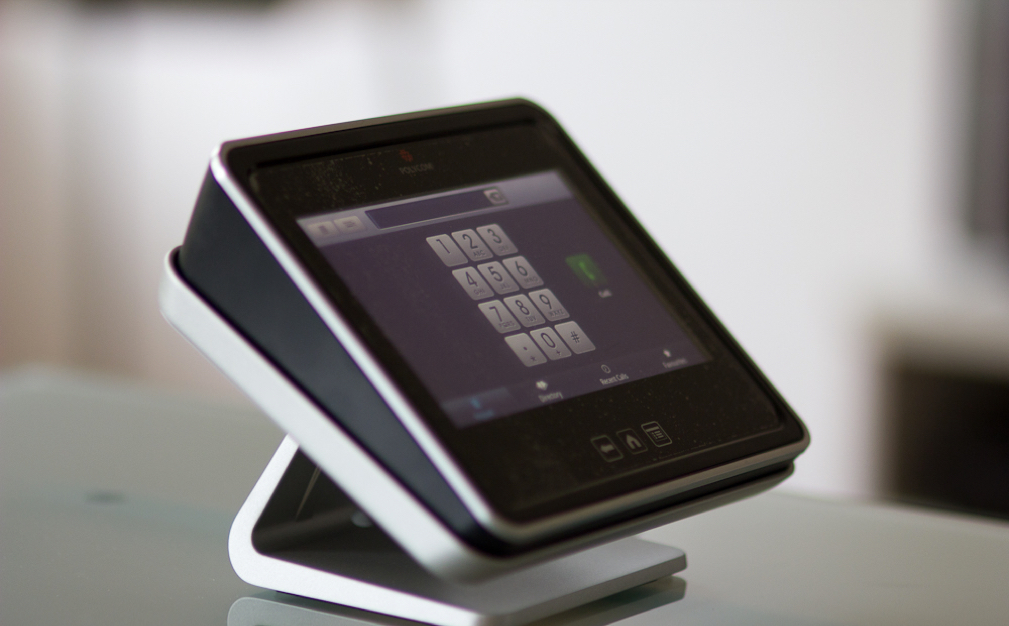About Polycom Polycom conference phones are the standard because they deliver the clearest sound to every participant in every location. Our advanced audio technology allows each conference phone to intelligently adapt to different room environments. With Touch control, Polycom’s aim was to provide a consistent UI for all it’s devices primarily to encourage more adoption throughout organisations.
Contribution During the 16 weeks of design and development, I worked as a product designer focused on drawing insights from research and user interviews to guide and shape the product’s roadmap. My responsibilities involved creating a high level experience concept that would later be converted to what is now known as One TouchControl UI. Additionally, my responsibilities included creating low-fidelity wireframes, interaction design and visual design screens.
Context Time: 13 weeks Team: Sunir Mehta (Product designer- Frog/Aricent), James Neil (Polycom lead UX), Sagar Gupta (Polycom research) Tools: Illustrator, Sketch, After effects, Principle
Initial Framing
How might we support corporate employees in making their conference experience effortless? How can we help cut the initialisation times of some of these Polycom touch devices that they already use?
Polycom had numerous internal touch products all with different UI and vastly different user journeys. This was a key problem as we did not any existing consistent design language to draw upon. Analysing the research and user interviews data, I realised that the UI problem was compounded by various models of the same product having vastly different look and feel- this means that in any given organisation that uses Polycom devices, the users would have to adapt to a different UI/device every time they enter a different meeting room.
“Sometimes we take anywhere from 15-30mins just to set up our Polycom device and find what we are looking for in the UI. Each model poses a unique challenge.” - Ganesh Raj (Intel employee)
Understanding the users
I worked with Sagar (Principal researcher at Polycom) to synthesize 4 key personas which may offer us a holistic understanding on our target audiences' materialistic needs and emotional concerns. THe end goal of this exercise was to allow us to figure out how to reduce cognitive load, create efficiency, improve accessibility and learnability of the product and also help us translate abstract ideas and requirements into tangible design directions.
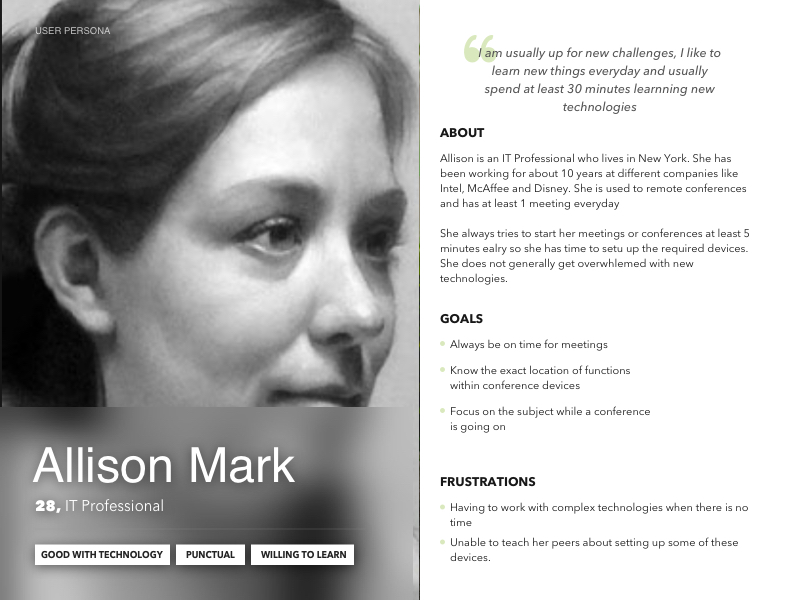
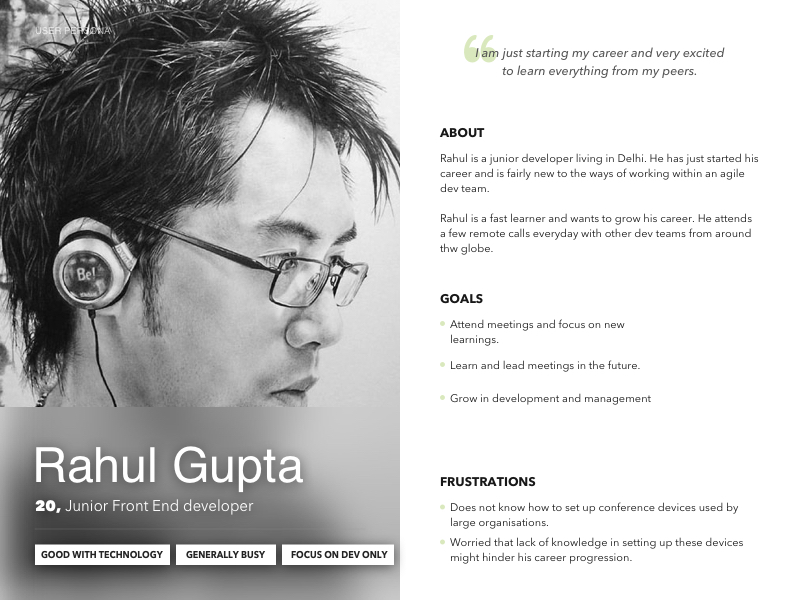
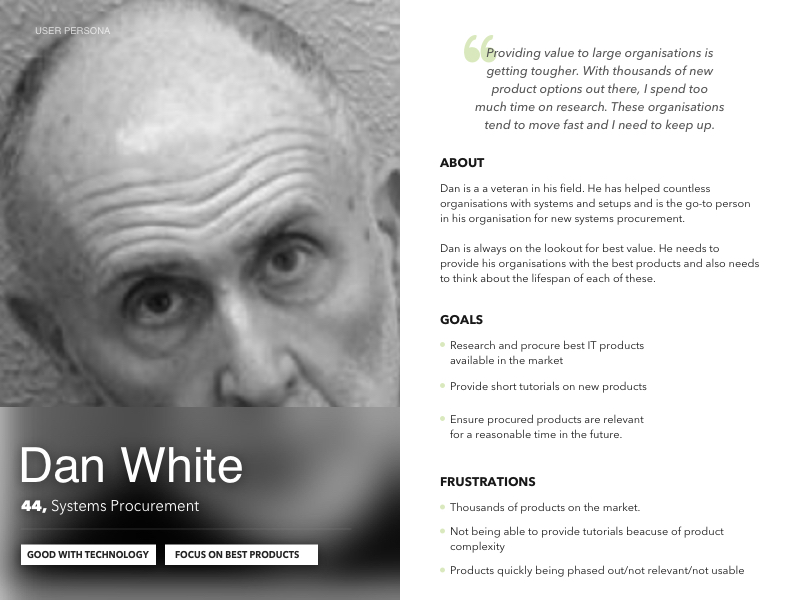
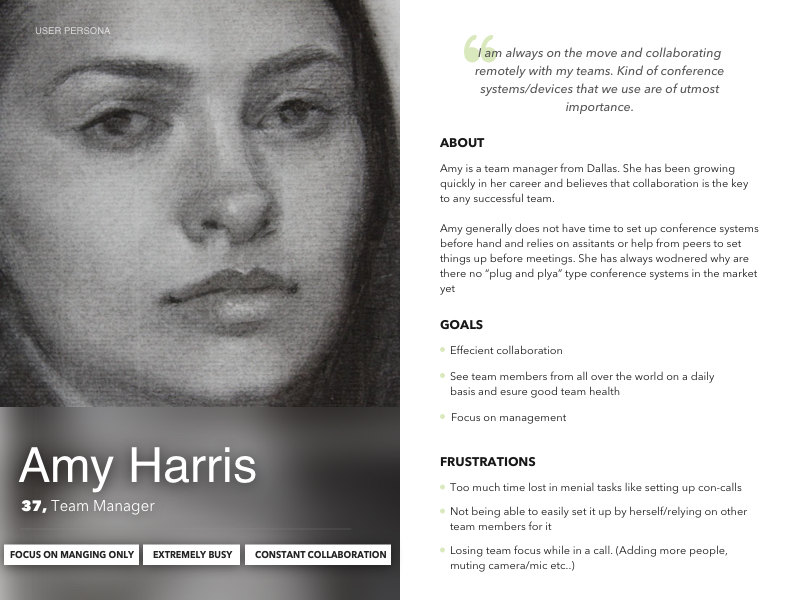
Design solutions
I proposed consistent information architecture approach for all devices. i,e- If a user had to make a call or save a number in any Polycom device, there should be a standard way to do so. I also proposed a design language database that can be adopted by all the devices and their various hardware specs. The design should be consistent across all touch points/touch devices that are in use and also provide a solid foundation for new products.Wireframes and Information architecture
We started with a few options that we could gorilla test and iterate upon quickly. Early concepts allowed users to access all features from the dashboard. Audio call was separated from Video call, Add contact, recent contacts and phone book were all stand alone so that users can pick a particular function fast, including settings and preferences.
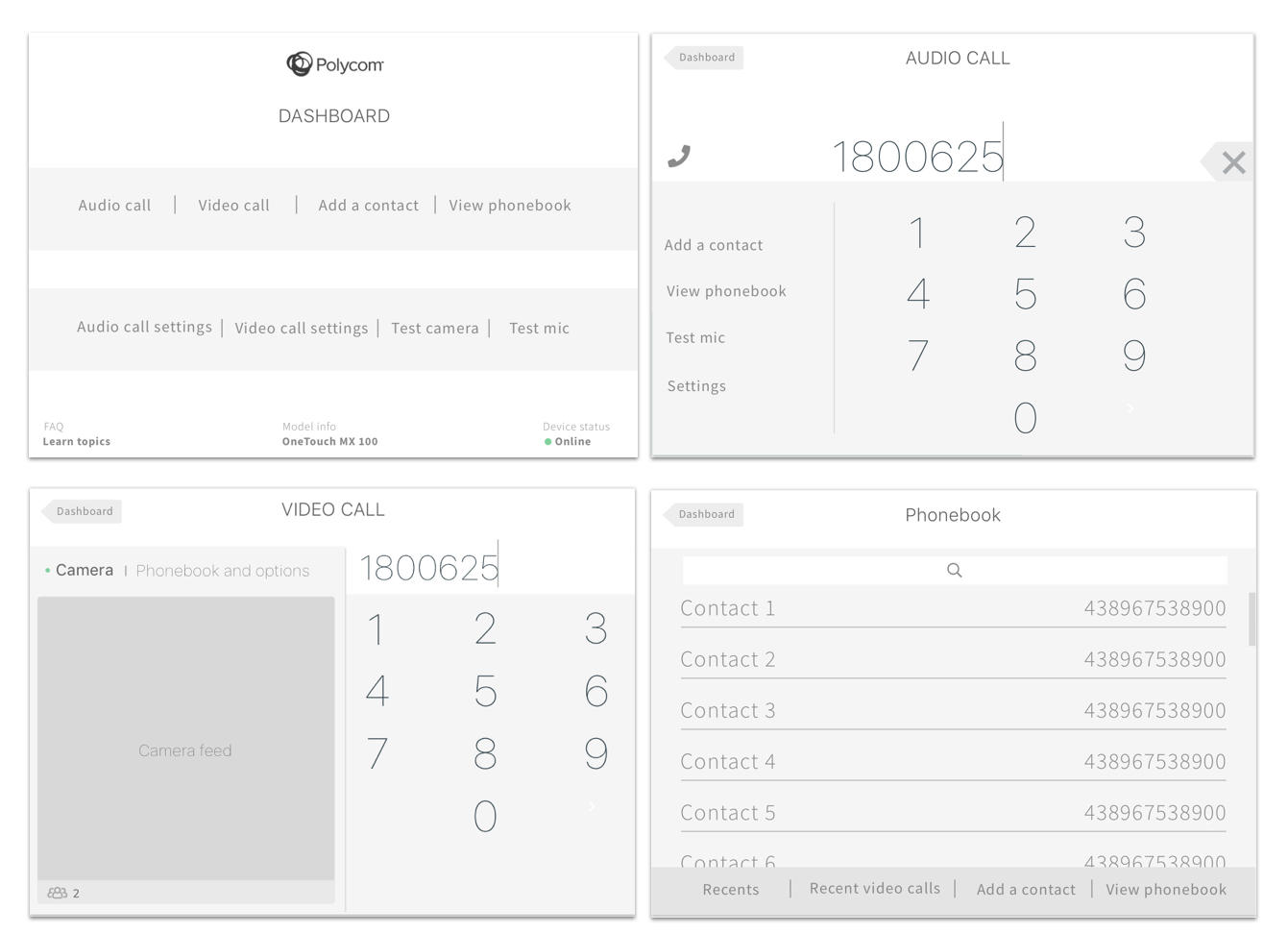
After a few more iterations and testing, our final iterations grouped journeys and was a more pared down approach. We grouped features like audio and video call into “Call” and all contact related functions into “phonebook” and so on. Feedback on Phonebook screens was more around localisation and ease of access, I changed the layout a bit and grouped search and add icons for better usability. In the video conference screen, I added options to hide/show keypad which did not exist before. We used visual forms like tiles and tabs to make the UI appear more friendly and in line with other digital products which allowed for better usability and was more intuitive.
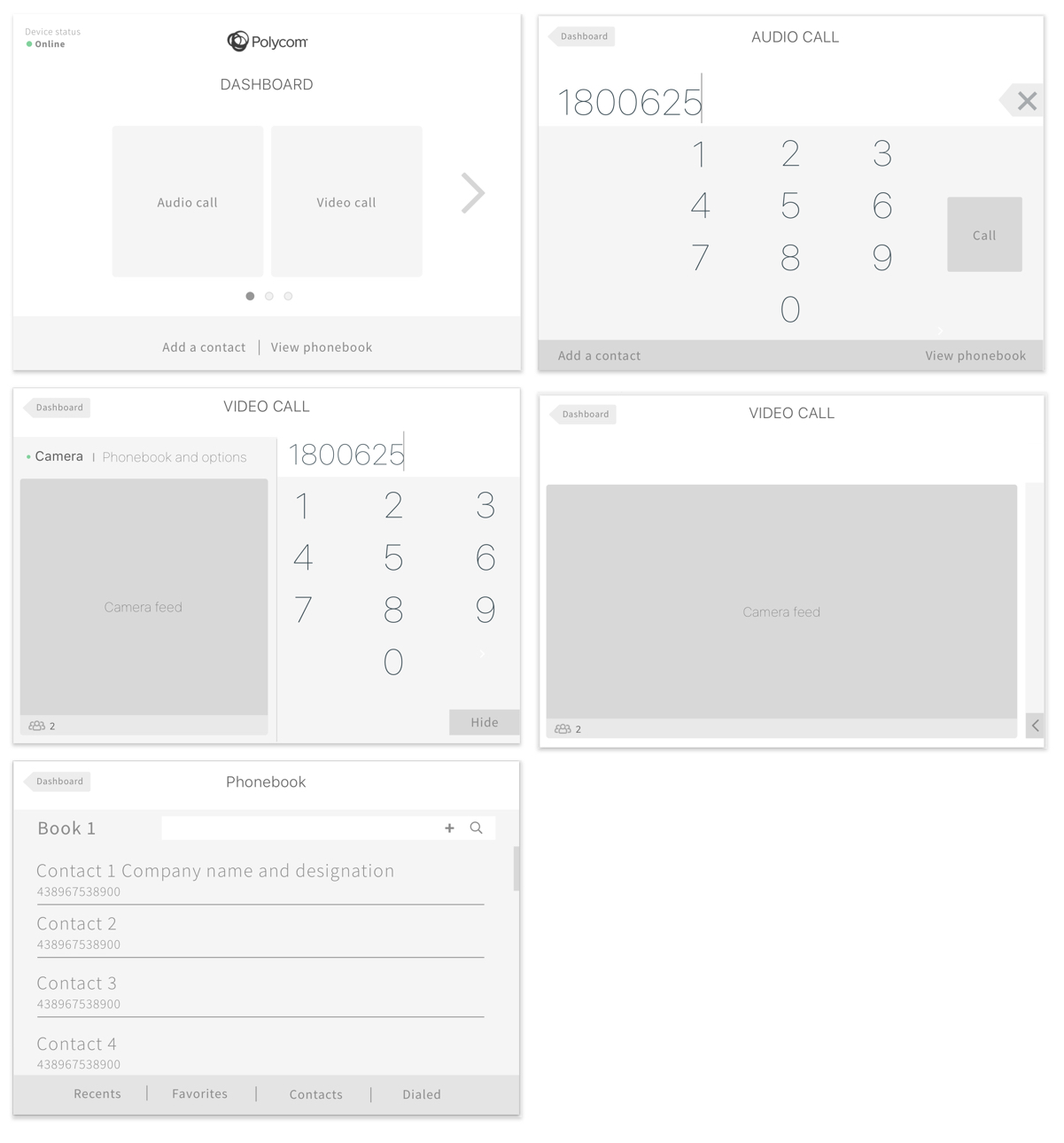
Information architecture example
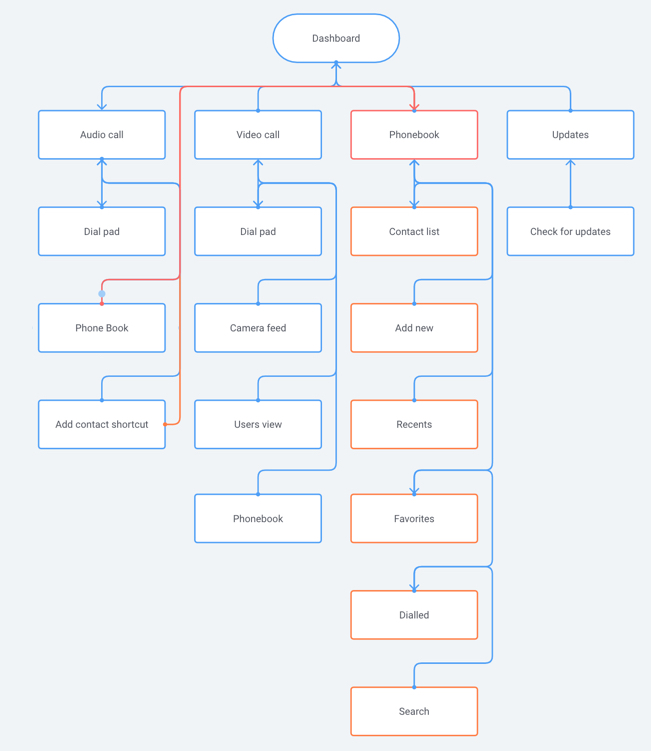
After getting good response on the IA and the final mockups, I proceeded with the visual design assets and started to group them which naturally led to the creation of a design langauge library. I alaysed all the various Polycom devices and wanted to make sure that the rules hold good for old, low-res hardware as well as newer models with HD displays.
Visual designs and implementation examples
